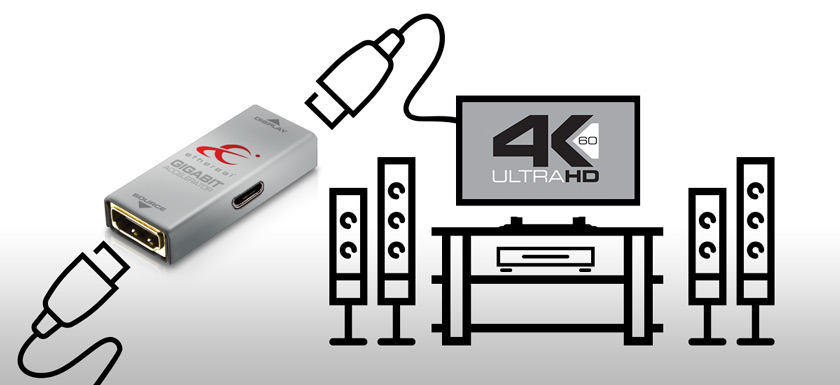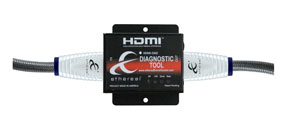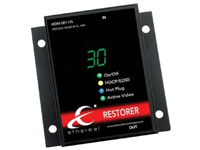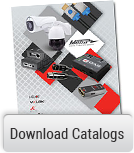
Common Home Theater Problems for Custom Installers
Tuesday, February 9, 2016 8:32:00 PM America/New_York

Most likely at some point in your career as a Custom Installer, you’ve walked into your home theater and turned on the system only to see it is not working properly. Nothing is more frustrating. The question is, where do you start to troubleshoot your home theater issue?
At Metra Home Theater Group, we receive technical support calls weekly from Custom Installers about troubleshooting common home theater problems. In our experience, HDMI® is the cause of most problems and creates a host of issues with entertainment systems.
Here are the two most common problems, causes and recommended solutions from Metra Home Theater Group’s technical support team:
Problem: The source or the display may not be set to use compatible signals.
Cause: Cable and satellite boxes are set to use analog connection by default instead of HDMI.
Solution: Simply access each device’s menu settings and choose the correct option, which may be listed as HD or HDMI®.
Three Products Every Custom Installer Needs
Tuesday, February 16, 2016 6:26:32 PM America/New_York
A Custom Installer is only as good as the tools in his or her toolbox. Without the right tools for the job, diagnosing common home theater installation issues will be tricky and time consuming. Furthermore, without the latest technology, you may be cutting your home theater installation project short of its full potential.
We asked the pros at Metra what every Custom Installer should bring to their installation project. Here are the top three must-have products from Ethereal for every CI’s toolkit:
- HDM-JR — This speeds up switching, removes audio dropouts, and stops HDCP failures as well as mode out of range problems.
- HDM-DAD — This is the tool for EDID diagnostics and monitoring. Check your HDMI® system for correct 5V, hot plug detect, clock, and data. See the status of the data tested via LED indicators.
- HDM-SUPERDAD — Under our EHD brand, this product takes low speed data to new levels. In addition to cleaning up the corrupted EDID signals, it also repairs 5–volt issues and hot plug detects. The SUPERDAD also allows for some unique installation specific solutions. For example, the EDID and CEC can both be disabled via dip switches on the side of the chassis.
What Causes TV Screen Sparkles?
Tuesday, February 23, 2016 3:39:06 PM America/New_York
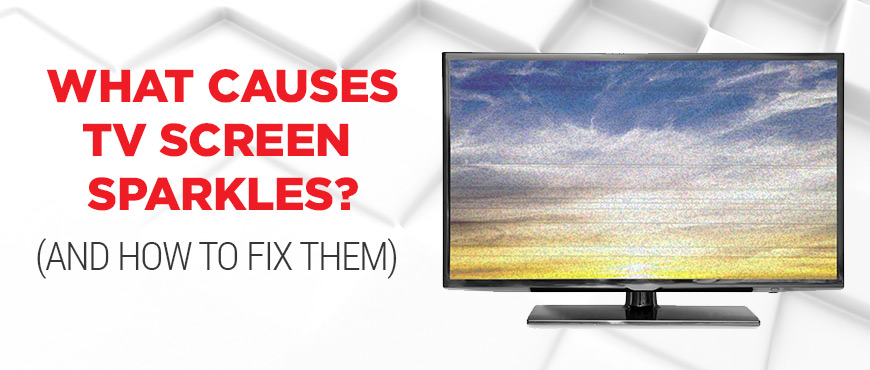
If your entertainment system is using passive HDMI® cables longer than 5 meters (16’), odds are you will have sparkles in your television picture. These long HDMI cable runs can cause disruption in the High Speed Data1 (*TMDS) causing the “Eye” pattern to collapse, which in turn causes sparkles in your picture.
Depending on the specs of your system, Metra Home Theater Group offers three options that will rebuild the “Eye” pattern and get rid of the sparkles:
- If you have a 1080P TV and your cables are distances of up to 30 meters (100’), use the HDM-SR1A in line at the display. This product has low speed data accelerators built in to keep the Eye Pattern intact.
- For 3D televisions and cable distances up to 30 meters (100’), use our HDM-SR1HS in line at the display to fix the eye pattern and get rid of sparkles.
- Our HDM-GA1 has built-in DDC Correction Circuitry and repairs EDID rise time while working in both directions. This product works to support 4K/60, 4:4:4 and/or HDR up to 17 meter (60’) cable runs and is installed at the display.
Misleading Cable Bandwidth Claims are Costing Custom Installers Time and Money. How is this Happening?
Wednesday, March 2, 2016 7:23:04 PM America/New_York

Metra Home Theater Group’s tech team has fielded numerous phone calls about home theater cables not supporting 4K — even though the packaging says it will support this technology. The practice of misleading consumers is not new but in the world of 4K technology, it is causing problems for custom installers.
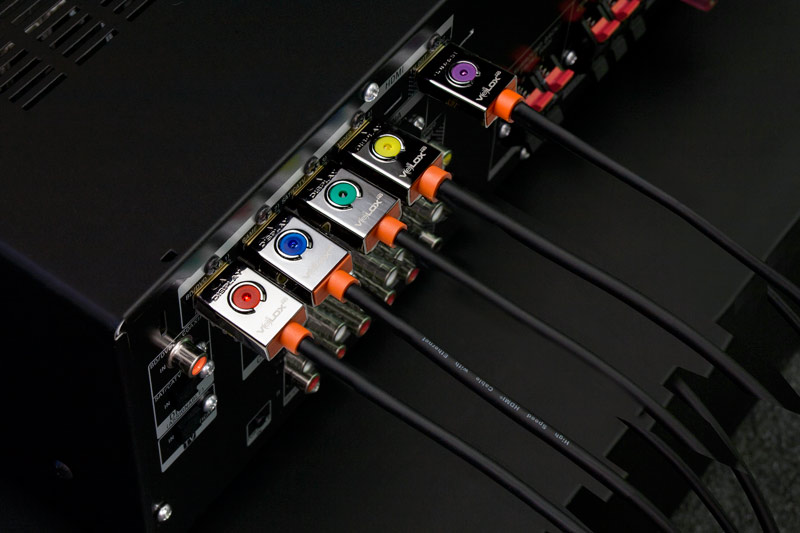
How can electronics companies get away with these false claims on their products? We’ve seen other manufacturers sell a cable claiming a “rated” bandwidth of 27 Gbps or even 31 Gbps on their HDMI® cables. However, it doesn’t work with 4k.
This is what we call “magic” math. If a signal can be measurable, certain manufacturers are measuring this and including this number to reach 27 and 31 Gbps. Keep in mind that this signal is not usable signal. This will make their cable “specs” look better, but it does not in any way make it perform better.
Can Passive Cables Support 4K and the Future?
Tuesday, March 8, 2016 7:30:21 PM America/New_York
This year we witnessed the release of the first 4k Ultra HD Blu-Ray video, The Martian, and are seeing more and more 4k media become widely accessible to consumers. This is no longer just for early adopters and movie fanatics. With this new technology comes the discovery that existing passive cables may not fully support 4K/60, HDR and SUHD. However, home theater customers are still expecting the latest and greatest without having to buy new cables and rewire their entire system that was installed just a few short months ago. Nowadays, a Custom Installer not only has to know how to install a top notch home theater system, they are expected to “future proof” these systems for new technology. How exactly can Custom Installers prepare their home theater projects to support 4k and the future? We turned to the technical experts at Metra Home Theater Group for their advice.
If you have passive cables already installed in the system, the multiple award winning Ethereal Gigabit Accelerator (HDM-GA1) will upgrade passive HDMI® cables to 18 Gbps, 4K/60 HDR capability up to 17 meters. This product has gone through extensive outside testing and continues to provide reliable 4K/60 HDR capability time after time. The HDM-GA1 is a stand-alone equalization product to bring your installs into the 4K world we live in today - and beyond. It’s easy to mount at the display side of your system and powered by an included USB. Total time to install is less than 10 minutes.
